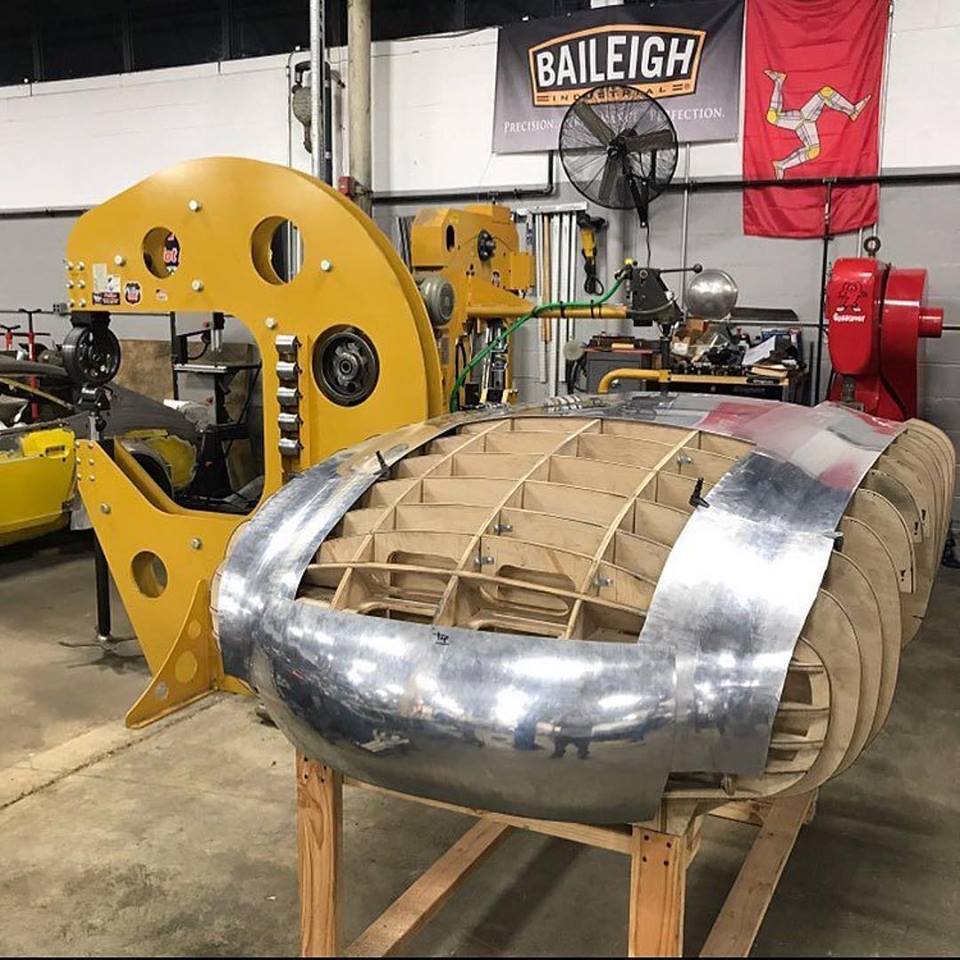Most CAD software will allow you to produce arbitrary curves using control points eg NURBS and indeed this is analogous to the more traditional method of using a flexible strip of wood or steel held in place with pegs under tension.
The important point is to consider the manufacturing process and how you translate an arbitrary curve on a drawing or model into a real part.
The easiest type of curve to deal with is one made up of circular arcs and conic sections. These can be rolled fairy easily on roll benders, slip rollers or mandrel benders (for tight radius curves in hollow sections).
For more complex compound curves modern multi-axis CNC processes haev made a huge difference, indeed you can see this is the progression of mass produced car bodies since the 1960s. Having said that the traditional process of hand sculpting patterns in clay is still not entirely obsolete.
There are also a lot of artisan techiques for making complex forms in sheet metal. Hand built car bodies are generally constructed over a plywood 'buck'

In the background of that picture you can also see an 'English wheel' which is essentially a pair of adjustable rollers used to shape sheet metal as well as various specialist hammers and dies.
these sheet metal forming processes require a lot of skill from the operator both in terms of the physical process and having a good 'eye' for interpreting a drawing or model.
It is also interesting to look at Gothic cathedrals which mostly consist of intersecting circular arcs which can be generated using essentially quite simple geometry with dividers and a square (which is still the symbol of freemasonry).
Another important construction is the catenary curve , often seen in bridges, essentially the shape formed by a chain hanging under its own weight.
In many cases part of the design process is simplifying an arbitrary curve to elements which can be made by reasonably straightforward geometric constructions
